 |
| May 26, 2020 |
Dear Reader,
Although N95 masks are good at blocking viral particles, they can also reduce the amount of oxygen available by up to 20 percent. To address this problem, researchers developed a portable device that pumps pure O2 directly to the wearer. Read our main story to learn how it works. In other coronavirus-related news, early data shows that people infected with COVID-19 mount an immune response that includes killer T cells. Health and biology editor Tanya Lewis explains why that bodes well for a potential vaccine. Next up, after decades of speculation, astronomers are getting closer to solving the mystery of what's inside a neutron star—a turning point in the study of some of the Universe's most bewildering objects. Also featured in today's roundup: scientists are studying how bacteria in the gut can be harnessed to help people with food allergies. |
| | Sunya Bhutta, Senior Editor, Audience Engagement
@sunyaaa | |
 |
| |
| |
| |
| Physics The Strange Hearts of Neutron Stars Space observations are poised to reveal more about the centre of one of the Universe's most enigmatic objects | | By Adam Mann,Nature magazine | | | |
| |
| |
| |
| |
| The Body Skinny Genes Tell Fat to Burn A gene whose mutated form is associated with cancer in humans turns out to have a role in burning calories over a long evolutionary history. |  | 02:38 | | | |
| |
| |
| |
| |
| |
FROM THE STORE
 | | | |
| |
FROM THE ARCHIVE
 | | | |
| |
LATEST ISSUES
 |
| |
| Questions? Comments?  | |
| Download the Scientific American App |
| |
| |



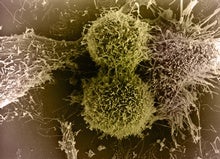
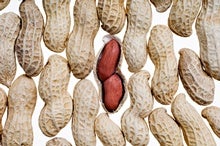

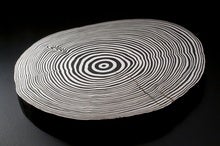
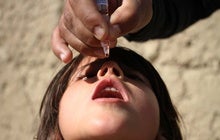
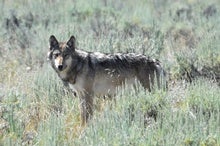


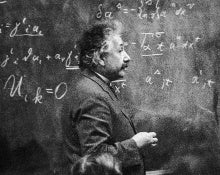
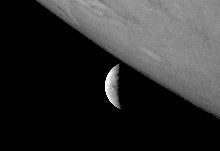
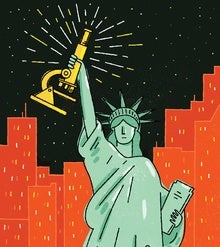


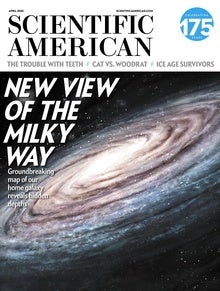

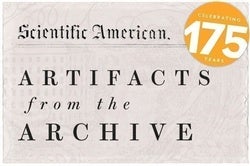
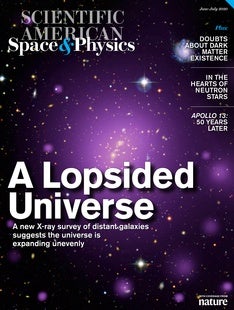

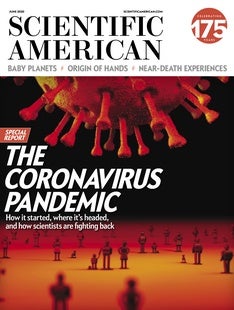
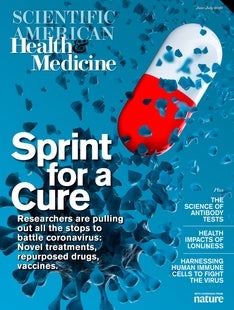
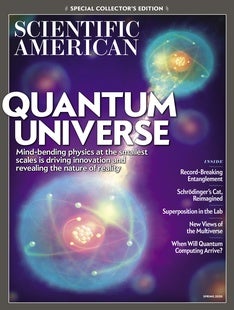



Pretty good post. I just stumbled upon your blog and wanted to say that I have really enjoyed reading your blog posts. Any way I'll be subscribing to your feed and I hope you post again soon. Big thanks for the useful info. masks n95 for sale
ReplyDelete